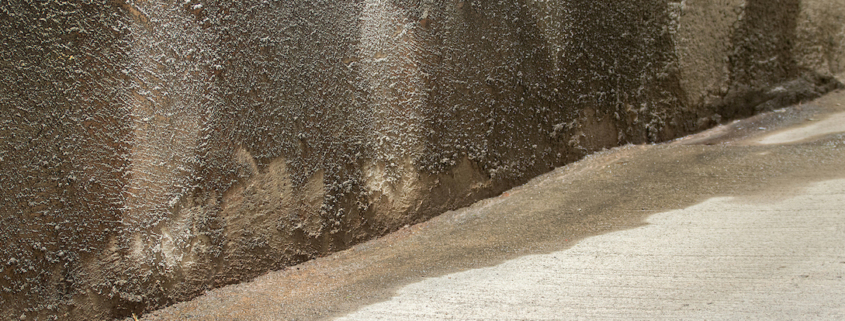Moisture or Water in your Basement?
Having problems with moisture or water in your basement? Here are some useful tips:
1. Check the gutters:
Overflowing gutters are the most common source of wet basements.
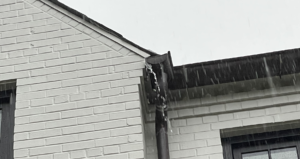
2. Extend the downspouts further away from the foundation.
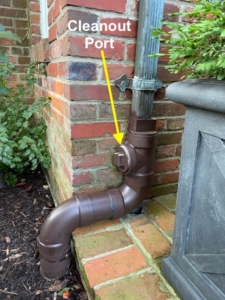
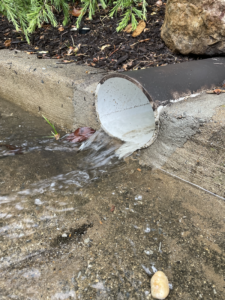
We prefer to use 4” PVC pipe. It is smooth walled so it rarely clogs. PVC pipe can be painted. We suggest a clean-out port on all downspout extensions.
3. Avoid corrugated black pipe – it easily clogs because the interior wall is not smooth like PVC.

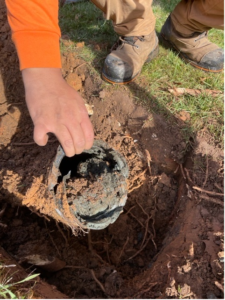
There are many reports of mosquitoes laying their eggs in the pools of water trapped in the ridges. If you are using a Mosquito Control company, consider eliminating the pooling water first, and start with corrugated drain pipes.
4. Do not use window well covers
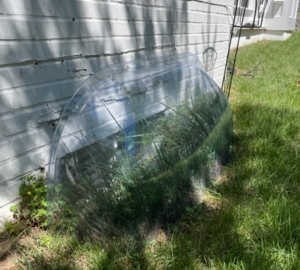 It is almost impossible for enough rain to enter a window well to cause damage. Window well covers actually hold in moisture inside the window well area, which is never a good thing. Flat and thin window well covers can also lead to a false sense of security. A thin layer of dust or leaves easily conceals these punji-like hazards especially when they are tucked behind bushes and plants. We have had a number of employees who have accidentally stepped on them and fallen through.
It is almost impossible for enough rain to enter a window well to cause damage. Window well covers actually hold in moisture inside the window well area, which is never a good thing. Flat and thin window well covers can also lead to a false sense of security. A thin layer of dust or leaves easily conceals these punji-like hazards especially when they are tucked behind bushes and plants. We have had a number of employees who have accidentally stepped on them and fallen through.
5. Check the grading (slope) of the soil around your foundation
It is important to remember that “soil” is the operative word here. We see many cases where the mulch or gravel around the building was sloped away from the foundation, only to discover that the soil beneath was sloped towards the foundation. Since mulch and gravel are much more porous than soil, water simply passes through them and will follow the slope of the soil beneath.
Most water intrusions are caused by improper surface grading as evidenced by cloudy, or sediment laden water. If the water is crystal clear, then the house may be sitting on a spring. An important point: always use a vapor barrier before adding soil to a brick or stone foundation. Mortar is porous, and the moisture in the soil can “wick” through mortar especially if the inside of the house is dry (think de-humidifiers.) While these machines remove humid air from the room, they are also creating a dryer room, which in turn “pulls” moisture from the surrounding soil. Grading the soil away from the foundation and extending downspouts a few feet away are the simplest ways to deal with water intrusions.
In summary, if you keep on top of these simple tips, you should be able to keep your basement dry for years to come. If , however, you are still having issues, you have two options:
- Worst Option: There are “dry basement” companies who are selling a “de-watering” system. The theory here is to allow water to enter the foundation into a gravel and pipe-filled trench cut into the basement floor, and then eject the water with a sump pump. This is an expensive, and usually unnecessary process that relies on electricity, and hopefully a back-up battery that can outlast a power outage. A better solution is to keep the water out of the house in the first place rather than relying on pumps and batteries.
- Best Option: Attack the problem from the outside by waterproofing. This is the most foolproof option and requires excavating the foundation, installing waterproofing compound, and a sump pump for good measure. While this too can be an expensive proposition, it is an investment which can save a lot of money and stress in the long run.
Contact Shorb Landscaping today for a consultation and to find out more about our waterproofing services.


